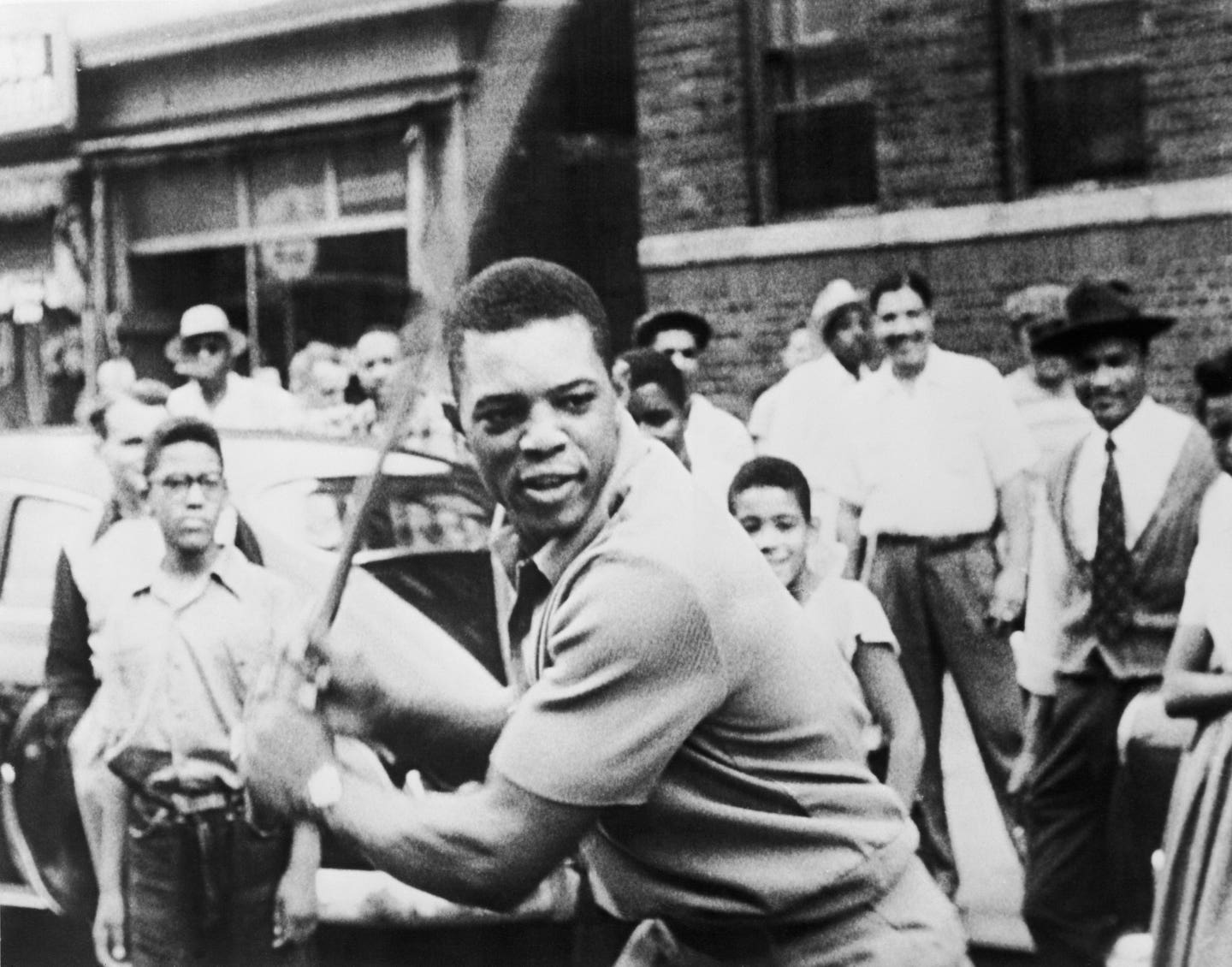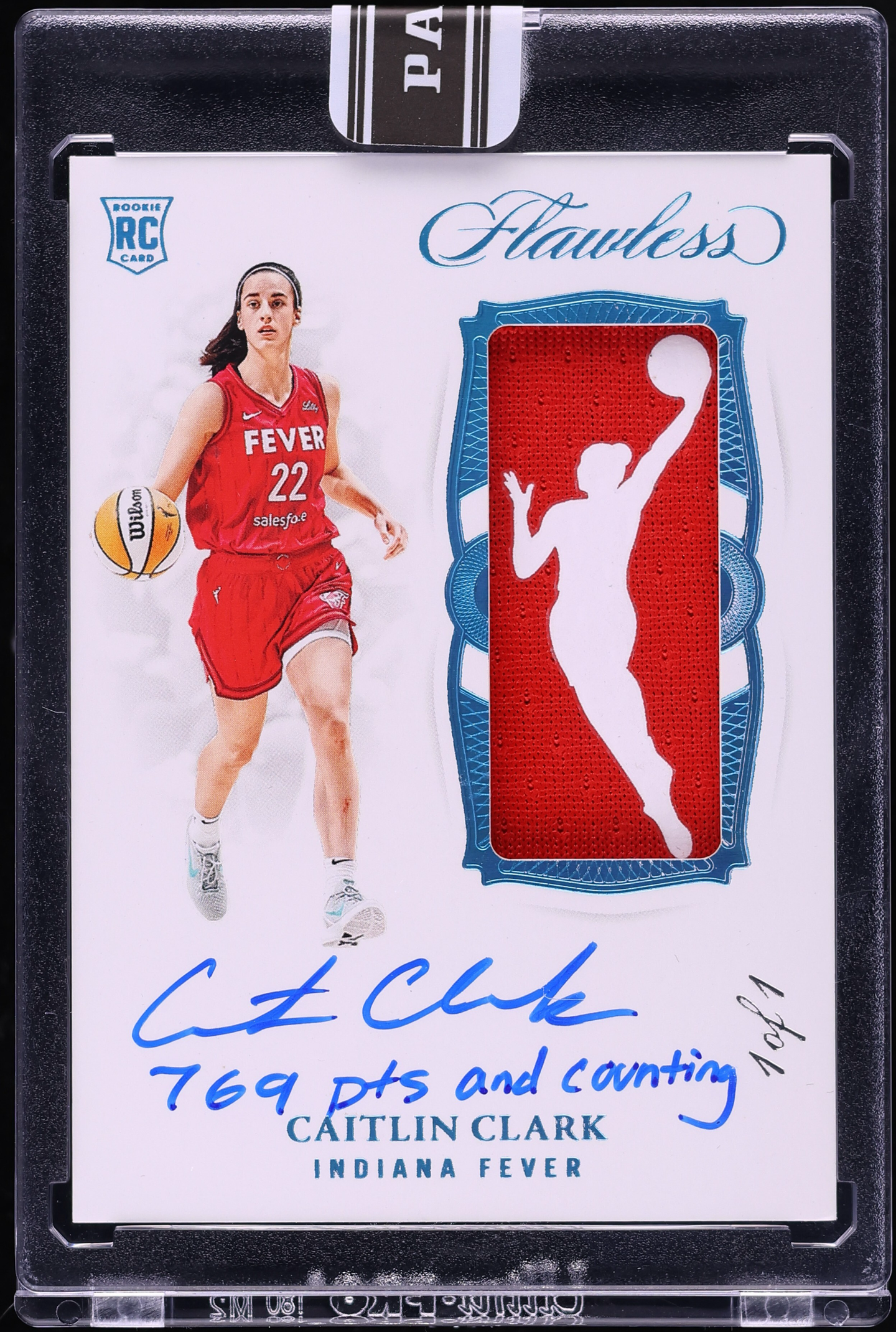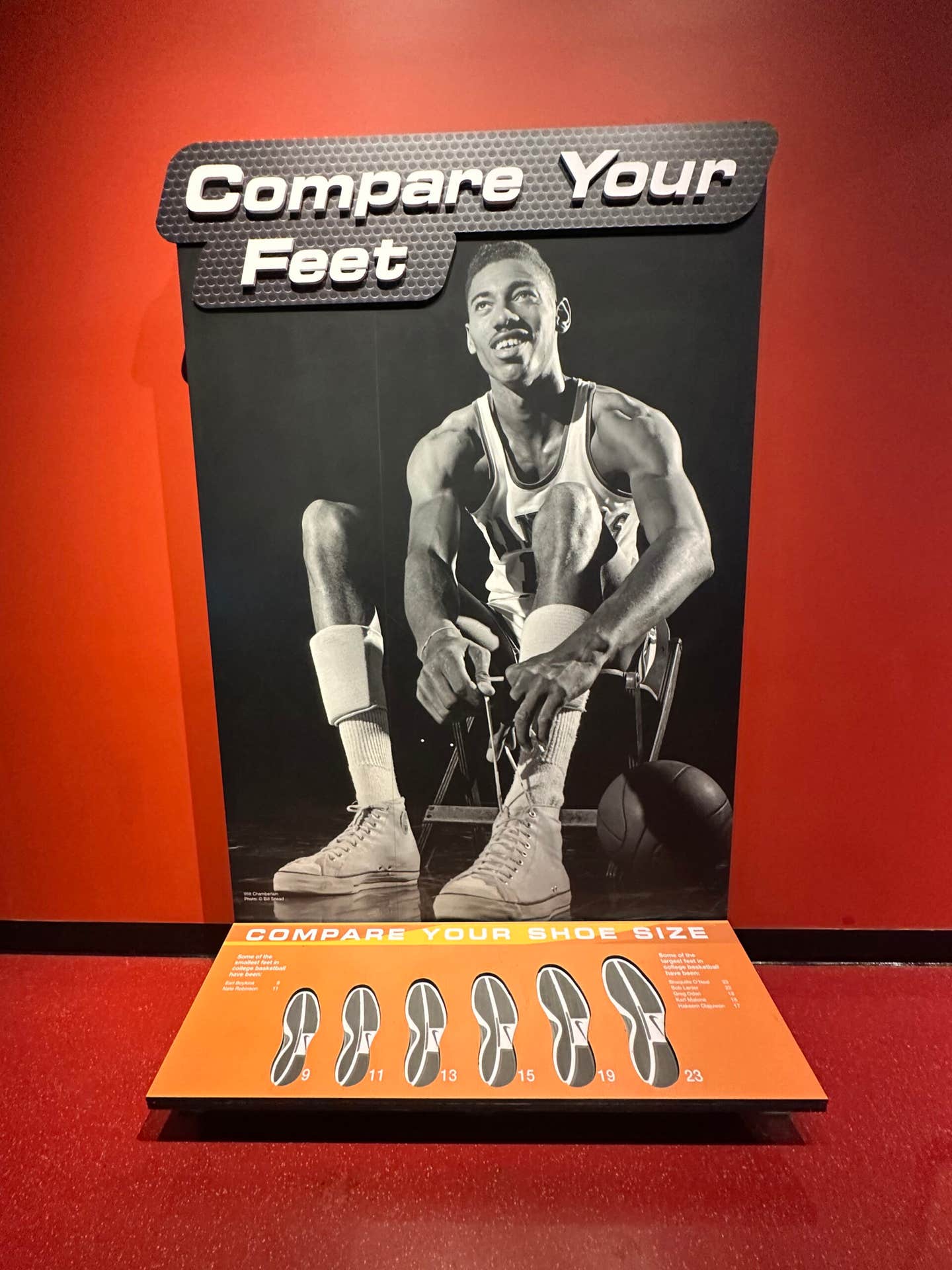
Willie-Mays
Beloved baseball legend Willie Mays had a powerful impact on the game, sports collectibles hobby
The baseball universe and memorabilia hobby lost a legend when all-time great Willie Mays died at age 93. His passing on June 18 touched off an emotional outpouring of memories, superlatives and love for the Hall of Famer.
Mays—the game’s prototypical center fielder—made a distinctive and powerful mark on the game, starting with his otherworldly numbers. And, oh, man, did Mays put up numbers: 660 homers, 339 steals, 2,068 runs, 1,909 RBI, a .301 batting average, a .557 slugging percentage and so much more—all of it over a glorious 23-year career.
Mays was the first to be called a “five-tool player.”
The phrase, often attributed to Hall of Fame executive Branch Rickey, reflects a player’s excellence at hitting for average, hitting for power, running, fielding, and throwing. Mays’ wide range of feats speak to that “five-tool” tag. He led the NL in home runs four times and in stolen bases four times. He led the NL in runs scored twice and in batting once (a robust .345 in 1954). He won 12 Gold Glove awards. He led NL center fielders in assists three times.
Media headlines in the hours after his passing reflect the sports world’s reverence for Mays. CNN described him as “one of the game’s most electrifying and complete players.” ESPN said he was “even better than his all-time great stats.” The New York Times called him “both untouchable and human.”
That last comment is an important one. Yes, Mays could hit, run and field his position as well as or better than anyone in our National Pastime’s long history. But as baseball old-timers will tell you, he played with a dynamic flair that made him a “can’t miss” performer. He also played with the joy of untold numbers of baseball-loving kids on sandlots across America.
Despite Mays’ flair, he never came across as self-aggrandizing or arrogant. Just the opposite. As baseball writer Tim Kurkjian said, “Willie Mays was unbelievably humble for someone as great as he was.”
Mays’ excellence on the diamond and his popularity among fans parlayed him into a true icon in the baseball memorabilia market. He belongs in the hobby’s upper echelon of heroes—up in the stratosphere with Babe Ruth, Mickey Mantle, Ted Williams, Joe DiMaggio, Ty Cobb, Hank Aaron, and a select few others.
Yet even Mays has always been a little bit in the shadow of Ruth (as everyone is) and his center field contemporary Mantle.
In the hobby’s explosive period of the 1980s and early 1990s, both Mantle and Mays were fairly regular guests at autograph shows. During that era, Mantle’s signature on a flat item would cost show attendees around $80. Mays’ autograph typically cost around half—$40 to $50.
Mantle died in 1985, and his autograph prices quickly soared, to the point where a Mickey-signed photo started commanding hundreds. Today, it can fetch upwards of $500. The value of Mays signed photos have always remained around half of that.
Over the past three-plus decades, Mays’ stature has continued to climb—and the baseball world’s appreciation for his estimable impact on the game grew with it. Still, right up until his passing, a Mays autograph on a photo remained surprisingly affordable at prices from around $100 to $300. On a baseball, a Mays signature stayed around $200 to $300, compared to $500-plus for a Mantle-signed ball.
However, if Mays memorabilia has been too much of a bargain in the past, things are already changing since his death.
Experience tells us that in the days and weeks following the loss of a beloved athlete, nostalgia-infused bidding and buying can quickly elevate values. Things calm down within a few months, and values typically regress to earlier levels.
But we shouldn’t use the word “typically” in the same breath as Willie Mays. This is one case where spiking memorabilia values may stick near their new levels. And in recent years, particularly after the Covid-era boom, we have already seen healthy increases. Mays’ 1951 Bowman rookie has been selling for prices between $200,000 and $250,000 if graded 8. His first Topps card, from 1952, has been selling for prices between $170,000 and $240,000 (also in 8 condition).
But let’s put values aside. From a top-level perspective, Wille Mays has been a shining star in the world of baseball cards.
For young collectors tearing open wax packs in the 1950s, ’60s and ’70s, finding Mays’ smiling face looking back at you was an invitation into hobby happiness. The man looked like a hero, but he also looked approachable and friendly.
His earliest cards reflect a more serious-looking young man, but with his 1954 Bowman and Topps cards, he began flashing that engaging smile. Any number of Topps issues after that brought us closer to Mays’ personality.
There’s his 1958 card, with a close-up portrait that reveals a shy grin and a smile in his eyes.
There’s his 1962 card, where, in a batting follow-through pose, Mays appears to be delighted with an imaginary blast to left field.
There’s his 1966 card, where he looks relaxed but ready to play, a glove on one hand, a ball in the other.
There’s his 1972 card, with its quintessentially pop-art design around a photo of Mays, bat on shoulder and that endearing smile.
Any number of other Mays images on major card releases and oddities give us visual evidence of the man’s charisma and magic. Ditto for magazine covers, programs, advertisements, posters and more.
In the end, Willie Mays not only made the game of baseball more exciting, but made the collectibles hobby a better place. Any collectible bearing his image or autograph—expensive or not—leaves us with a reminder of Mays’ unique mix of talents and the ebullience with which he played. As Johnny Bench has said, Willie Mays was “the perfect baseball player.” You can’t get any more succinct than that.
— Larry Canale writes SCD’s “Online Auctioneer” column. He is also author or editor of several baseball books, including “Mickey Mantle: The Yankee Years/The Classic Photography of Ozzie Sweet.”








